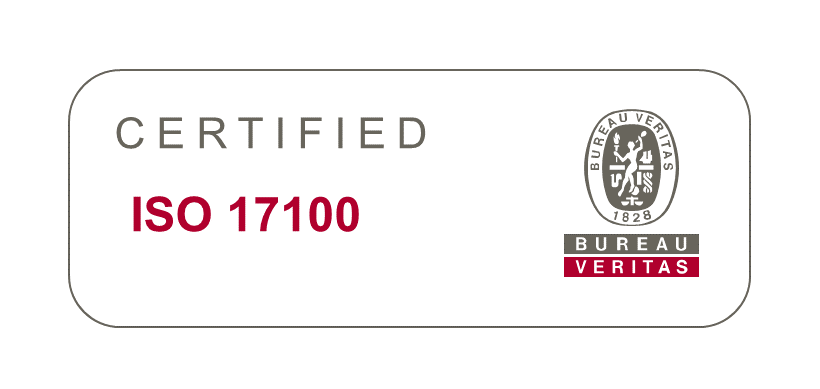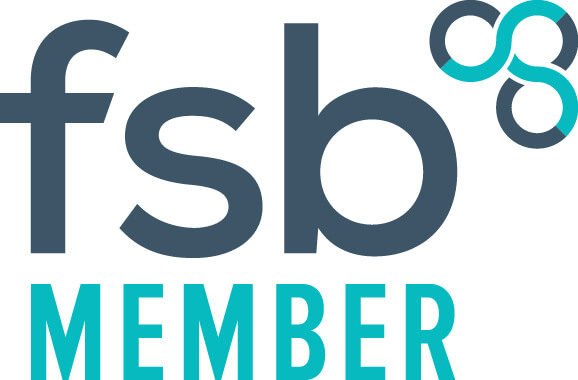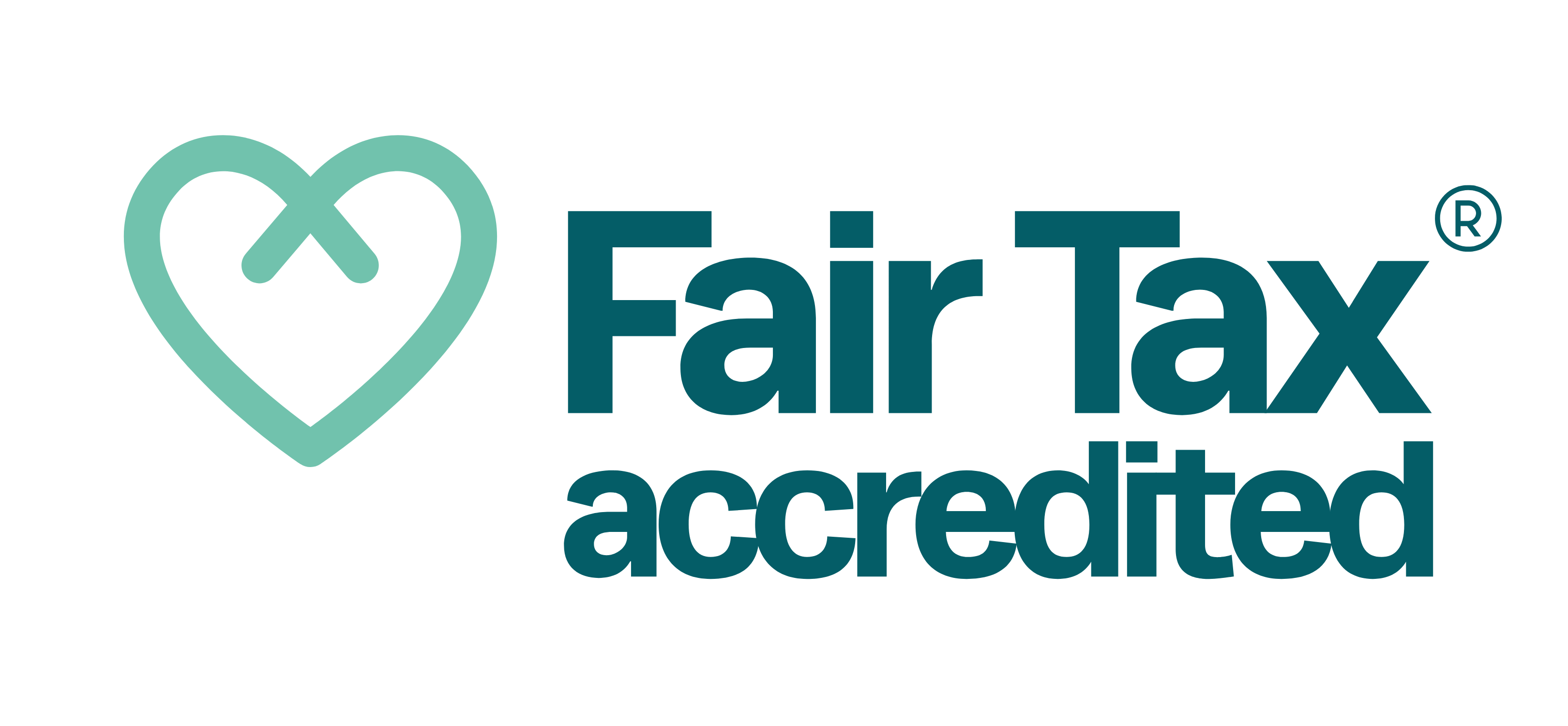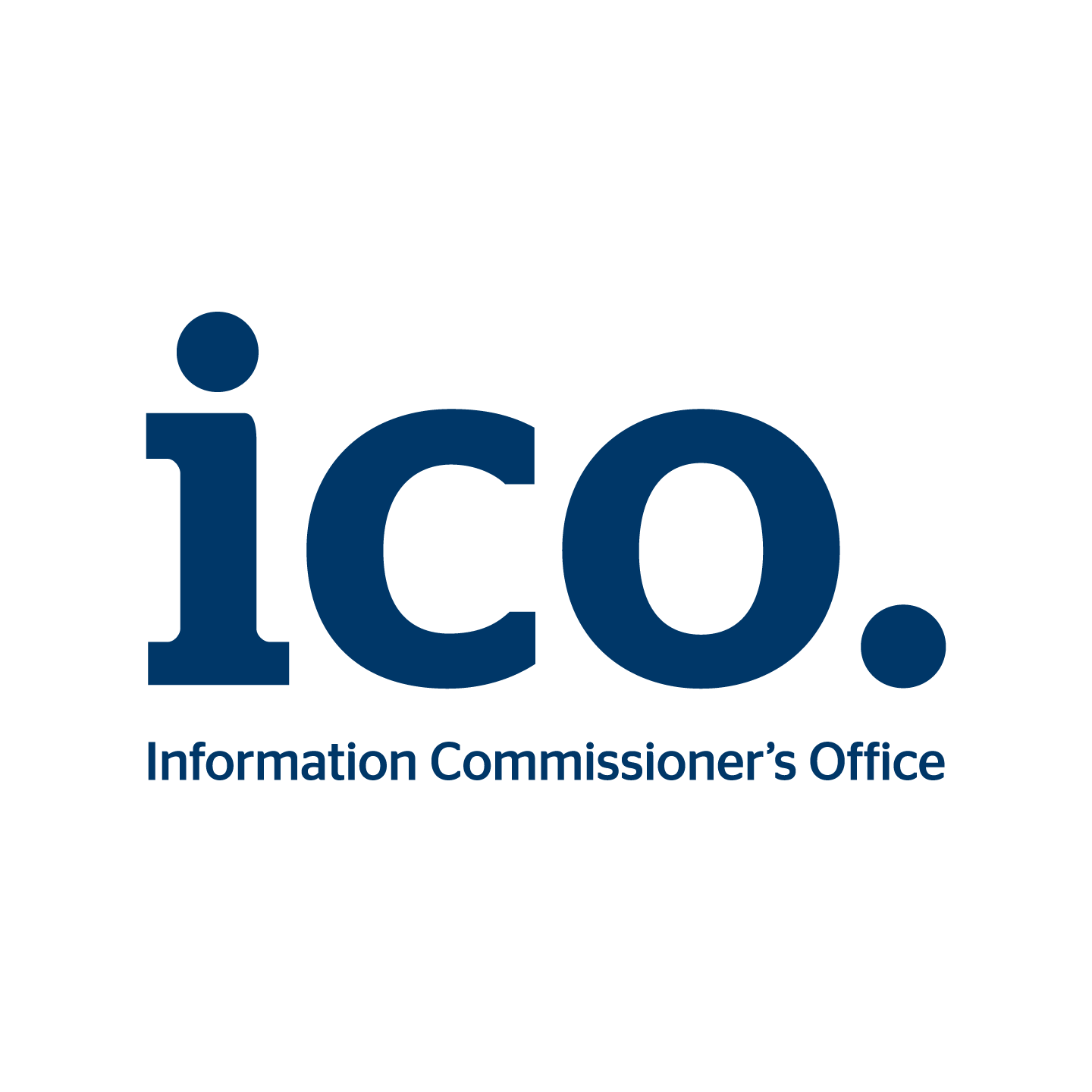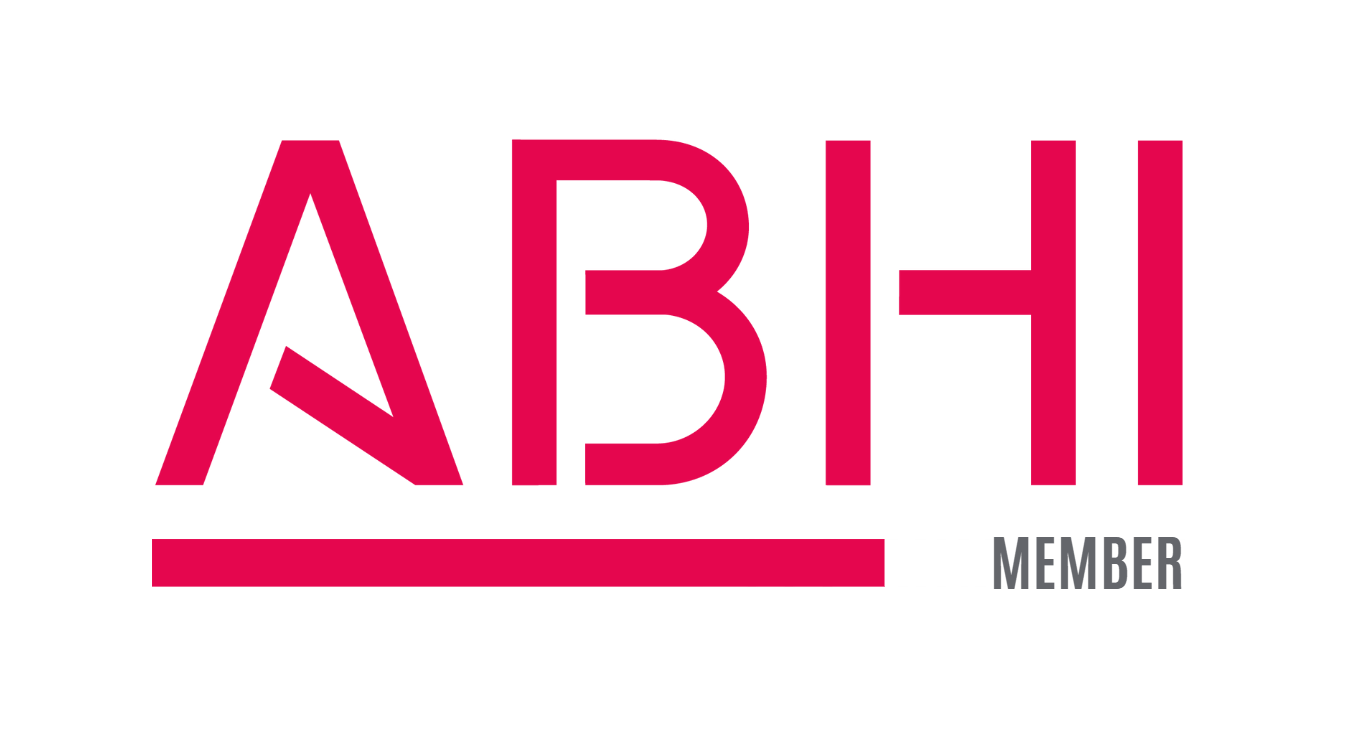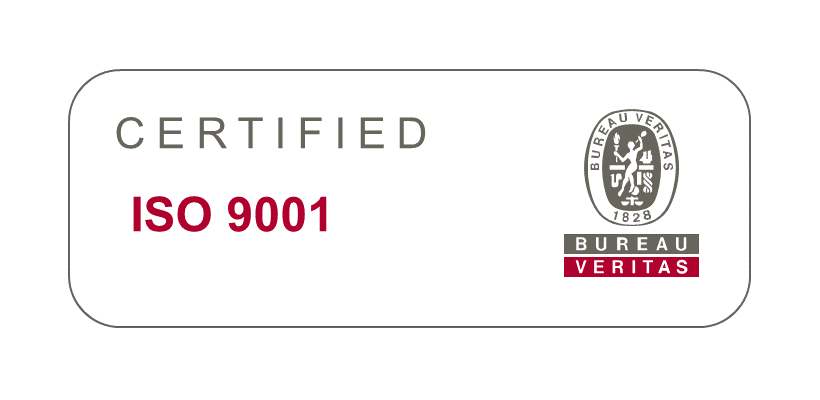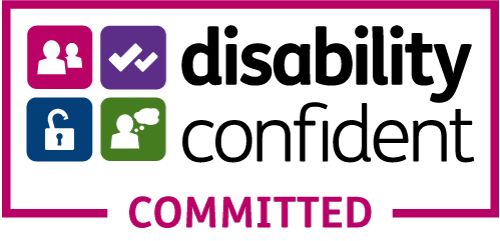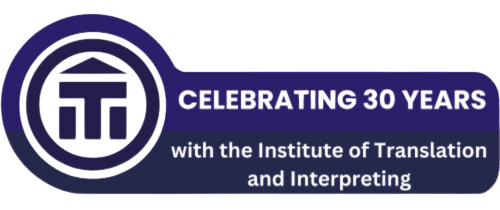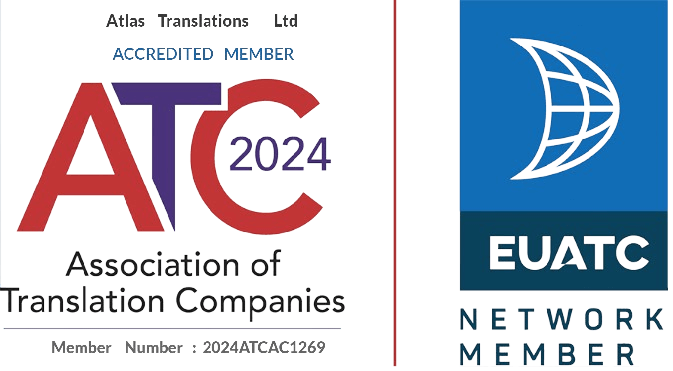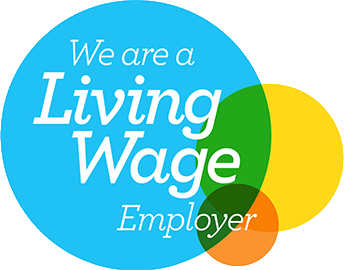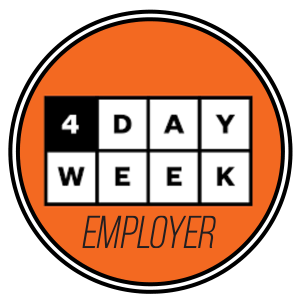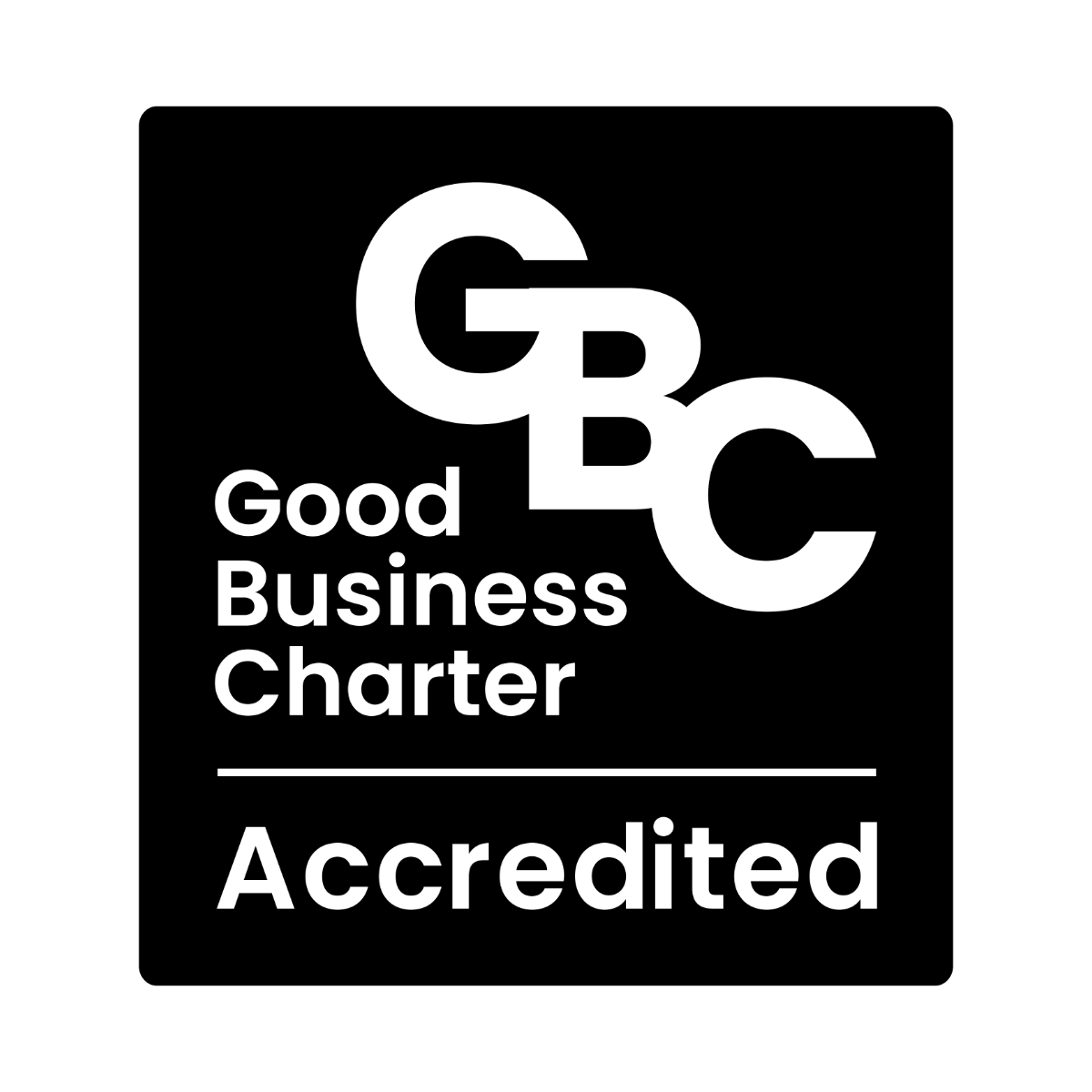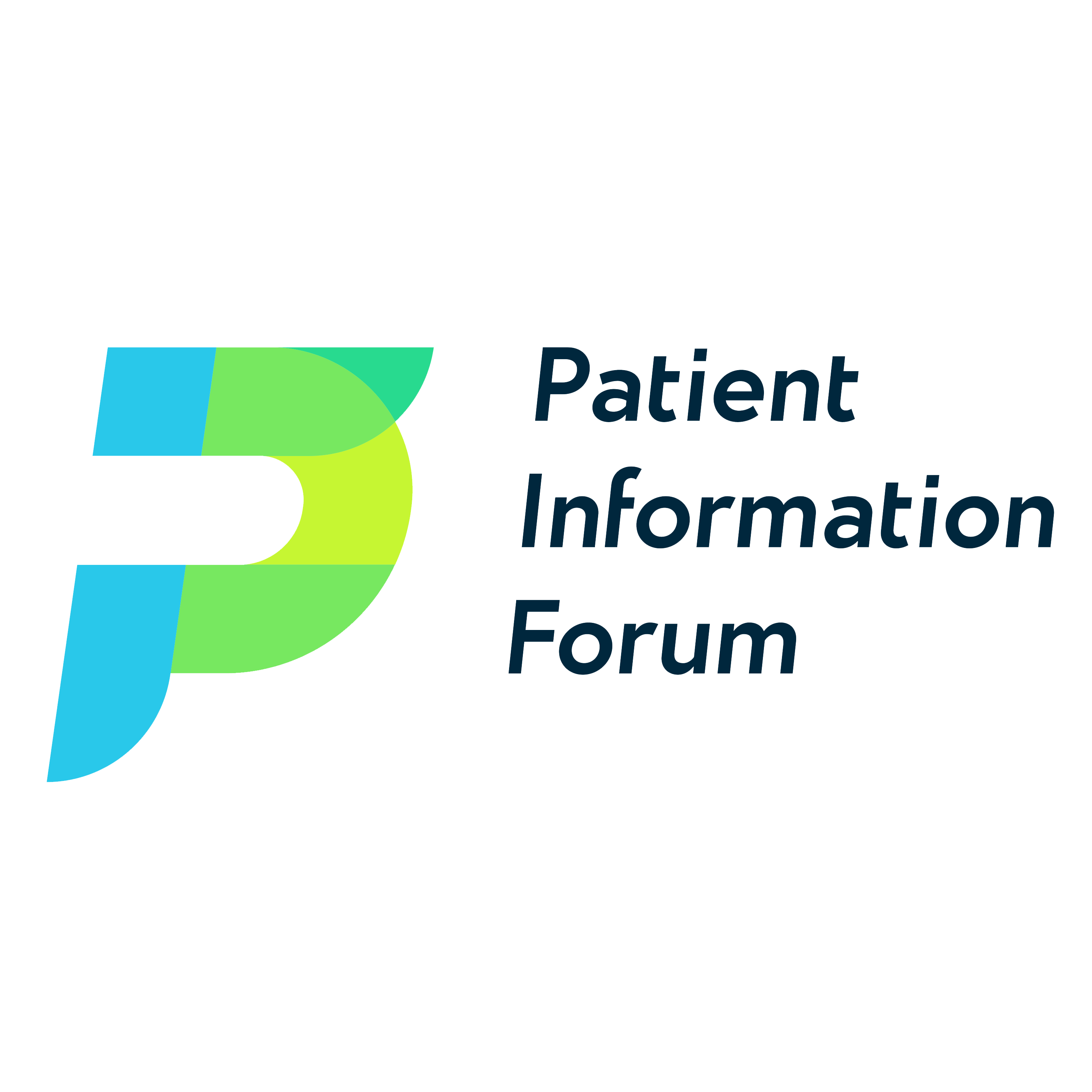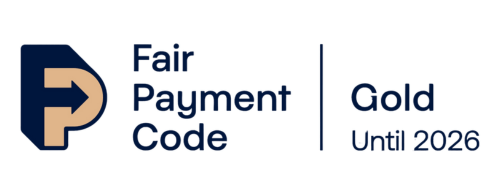Unlocking Success: Strategies for Effective Communication in Healthcare
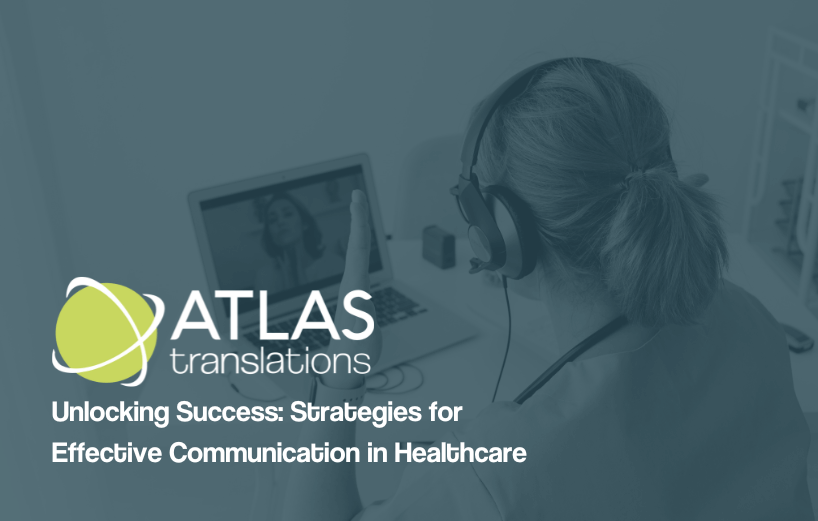
Effective communication is crucial in healthcare settings, especially internationally, where language barriers can pose significant challenges. Clear and accurate communication ensures proper diagnosis, treatment, and overall care. This week, we’ll explore how strategies for effective communication can unlock success in healthcare.
We’ll identify the impact that miscommunication can have, look at some common language barriers, discuss ways to overcome these barriers, explore technological solutions (beep, boop, beep), and examine the future of global healthcare communication.
Understanding the Importance of Effective Communication in Healthcare
It might be considered somewhat of a “no-brainer” to say that communication plays a vital role in every aspect of patient care. It facilitates the exchange of medical information, enables patients to express concerns, and allows healthcare providers to deliver appropriate care and support. Effective communication helps establish a two-way street of trust and rapport, contributing to improved health outcomes.
The Impact of Language Miscommunications in Medical Settings
Miscommunication during a doctor’s visit or emergency room trip can have negative effects. Inaccurate diagnoses, inappropriate treatment, and compromised patient safety are just a few of the ways the patient experience can be affected.
For instance, a patient with allergies could receive harmful medication due to poor translation. Miscommunication during handoffs between healthcare providers can lead to delays in care, medication errors, or serious complications. Non-verbal communication, such as body language and facial expressions, also plays a significant role in conveying empathy and understanding.
Additionally, technology like electronic health records can enhance communication. At this point, effective communication is vital.
Identifying Language Barriers in International Healthcare
Language barriers in international healthcare settings can lead to misunderstandings, misinterpretations, and medical errors.
Patients may struggle with medical terminology and treatment instructions, while healthcare providers may face challenges in understanding patients’ languages. Cultural differences can further complicate communication, affecting the patient-provider interaction and informed consent.
Strategies for Overcoming Language Barriers
Utilizing Translation and Interpretation Services
Translation and interpretation services bridge the language gap between patients and healthcare providers. Professional translators and interpreters can accurately convey medical information and facilitate effective communication.
Healthcare facilities should invest in trained translators and interpreters and utilize technology-based translation services or language access phone lines.
Atlas Translations is proud to be a member of the Patient Information Forum (PIF), an organisation which works to ensure clear and accessible health information in a wide variety of industries. You can read more about PIF and what they do here.
Implementing Multilingual Healthcare Staff
Hiring multilingual healthcare professionals can ensure effective communication and culturally sensitive care. Language training programs can improve staff proficiency, leading to accurate diagnoses and improved patient outcomes.
Healthcare organizations can also create language resource teams (local or regional) to provide on-site language assistance.
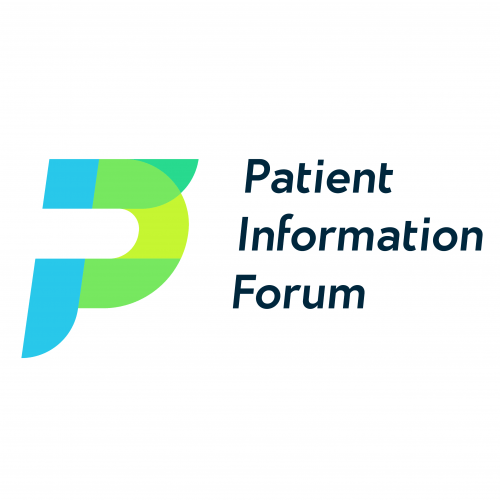
Technological Strategies for Language Challenges
Language Translation Apps
Language translation apps allow real-time communication using speech recognition and translation algorithms. Some apps have specialized medical vocabularies, ensuring accurate translations in healthcare settings. While not a replacement for professional services in complex situations, these apps can assist in basic communication.
We will note that we are not referring to Google Translate in this instance. Although useful in its own way, it should not be relied on for medical or healthcare translations.
Telemedicine
Telemedicine enables remote healthcare delivery through video conferencing, connecting providers with certified medical interpreters or translators. This ensures effective communication, regardless of geographical location. It may sound a bit complex, but all you need is a computer device (phone, tablet, laptop or desktop) and an internet connection.
Telemedicine platforms often offer secure messaging capabilities with language translation tools, promoting continuous communication.
The Future of Global Healthcare Communication
Potential Developments
Emerging technologies like artificial intelligence and machine learning hold promise in language translation and interpretation services.
Obviously, this goes against touting the benefits of human translation. But we all know that at some point in the future, AI will be advanced enough to be used in medical and healthcare environments. Ya know when cars fly…
Another development is wearable devices offering real-time translation that may further advance communication in healthcare settings. Personally, I think this one would be a lot of fun, but, as usual, only if it’s accurate.
The Role of Policy
Policies promoting language inclusivity in healthcare are essential for equitable access to quality services.
We all read about how the NHS is in dire straits and that universal healthcare in the United States is too politically divisive to actually go anywhere. However, governments and healthcare institutions must prioritise interpretation and translation services and support language training programs for healthcare professionals.
No matter how clever you are, you can’t fix what you don’t understand.
It’s a Wrap!
tl;dr—Overcoming language challenges in global healthcare communication is crucial for effective patient care.
- Medical and healthcare systems need to:
- Understand the importance of communication
- Learn to identify language barriers
- Embrace technology
- Be open to future developments
- Do their part to encourage government entities to implement policies that help to provide inclusive care to diverse patient populations
Contact Us
We’d love for you to contact Atlas Translations—chat, phone, email, carrier pigeon—we don’t mind. Contact us for a chat or to ask questions!
Call us on 01727 812 725 or email us at team@atlas-translations.co.uk to let us know what you need. We respond quickly to all enquiries!
If you’d like to meet us face to face, learn more about our translation and language services, or deliver documents, please email or call us to arrange a meeting.
Use the Live Chat option during UK working hours to ask us any questions. You’ll chat with a real, live human—no bots here! Just click the little icon at the bottom right of your screen to start chatting with us.
If you need a quick quote, we have a handy Get a Quote button located at the top of our website where you can get an estimate for your needs.
Can I Trust Atlas Translations?
Atlas Translations holds two ISO certifications — ISO 9001:2015 (Quality Management) and ISO 17100:2017 (Translation Services).
If the project is highly confidential, we can sign a non-disclosure agreement (NDA) for your extra peace of mind.
Are you wondering if we’re up to date on privacy? We’ve been registered with the Information Commissioner’s Office (ICO) for over 20 years, so data protection has always been important.
You can read more about our commitment to quality here.
Atlas Translations prides itself on providing fast, friendly, and high-quality language services. But don’t just take our word for it—see what our clients are saying about us.
We’re also on TrustPilot, and you can read our reviews here.
Global Voice, Local Touch
If you’re looking for some top tips for partnering with Atlas Translations, we have some top tips to share! We answer 25 of our clients’ most frequently asked questions, ranging from typesetting queries to discussing reference materials.

